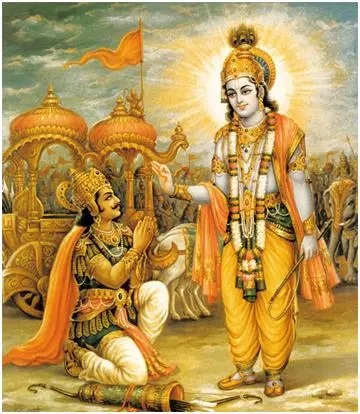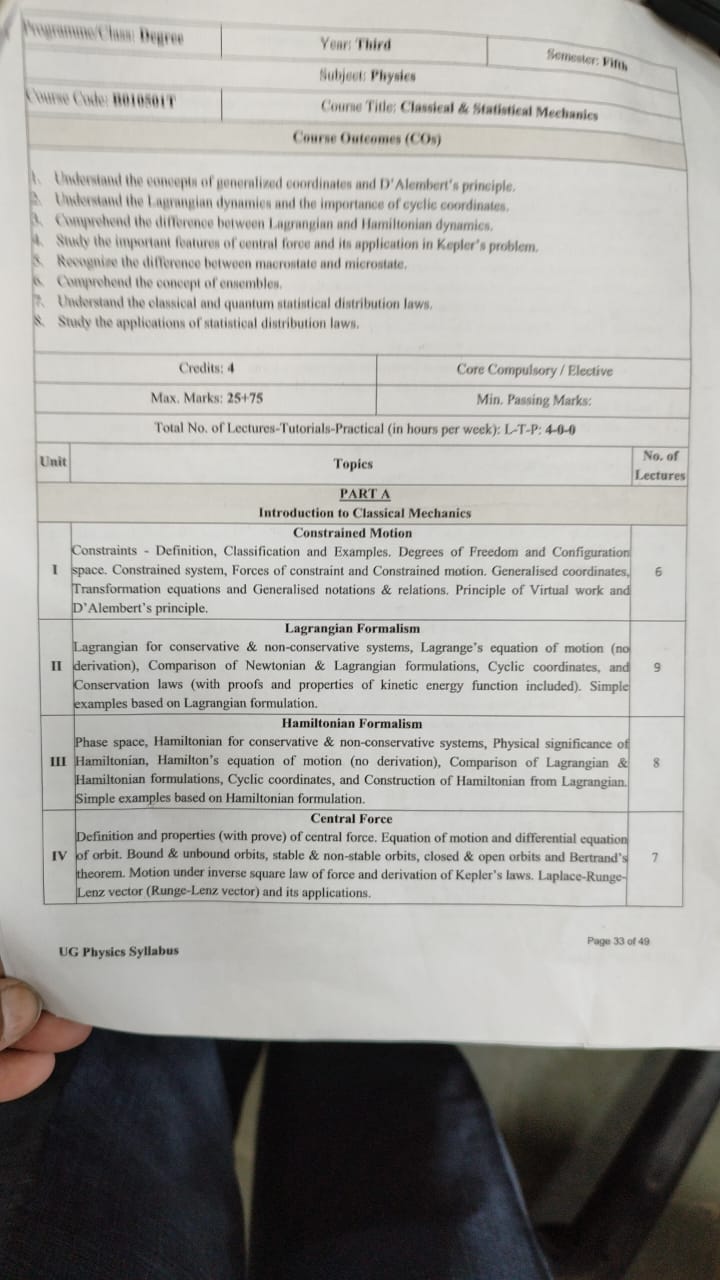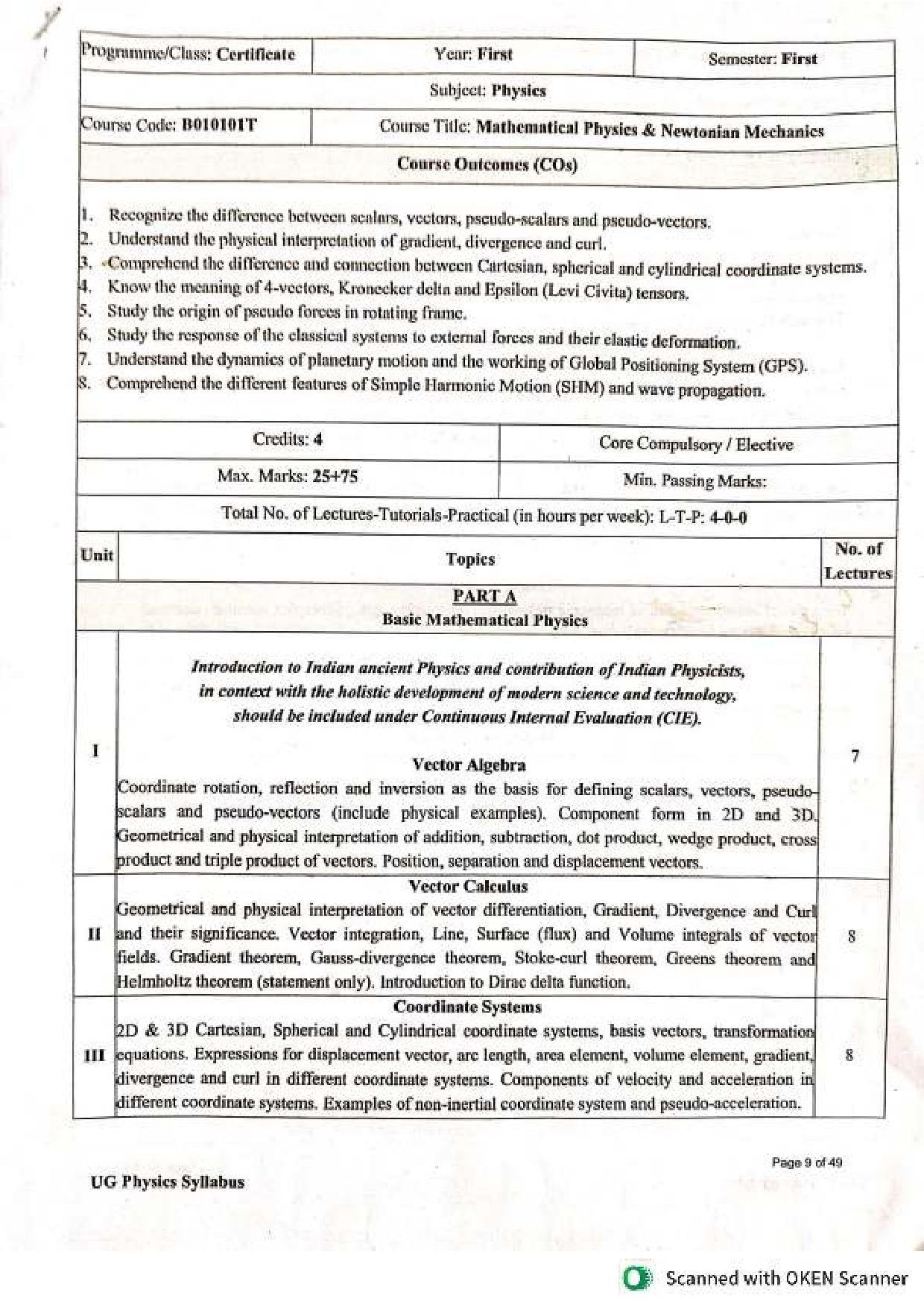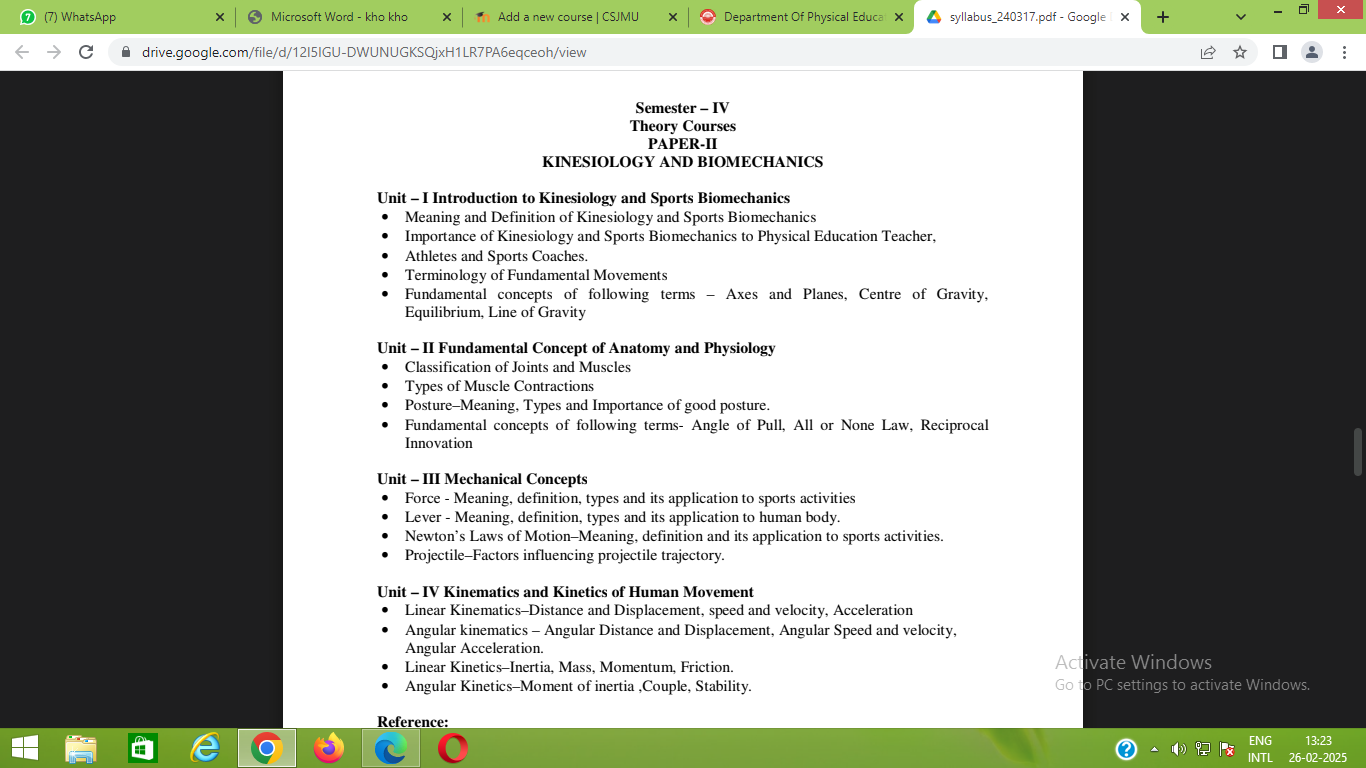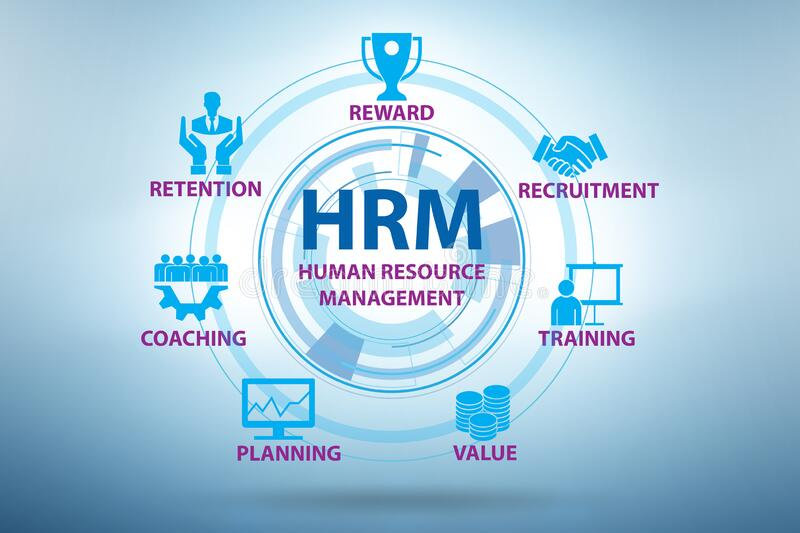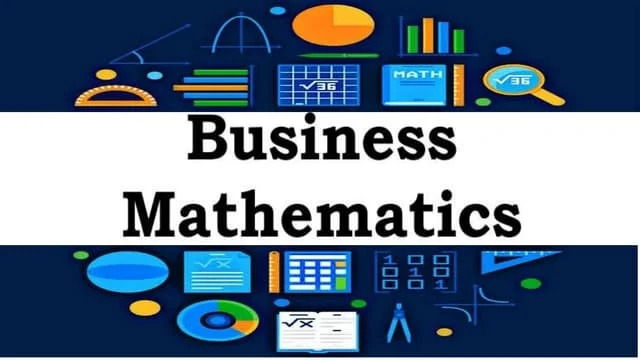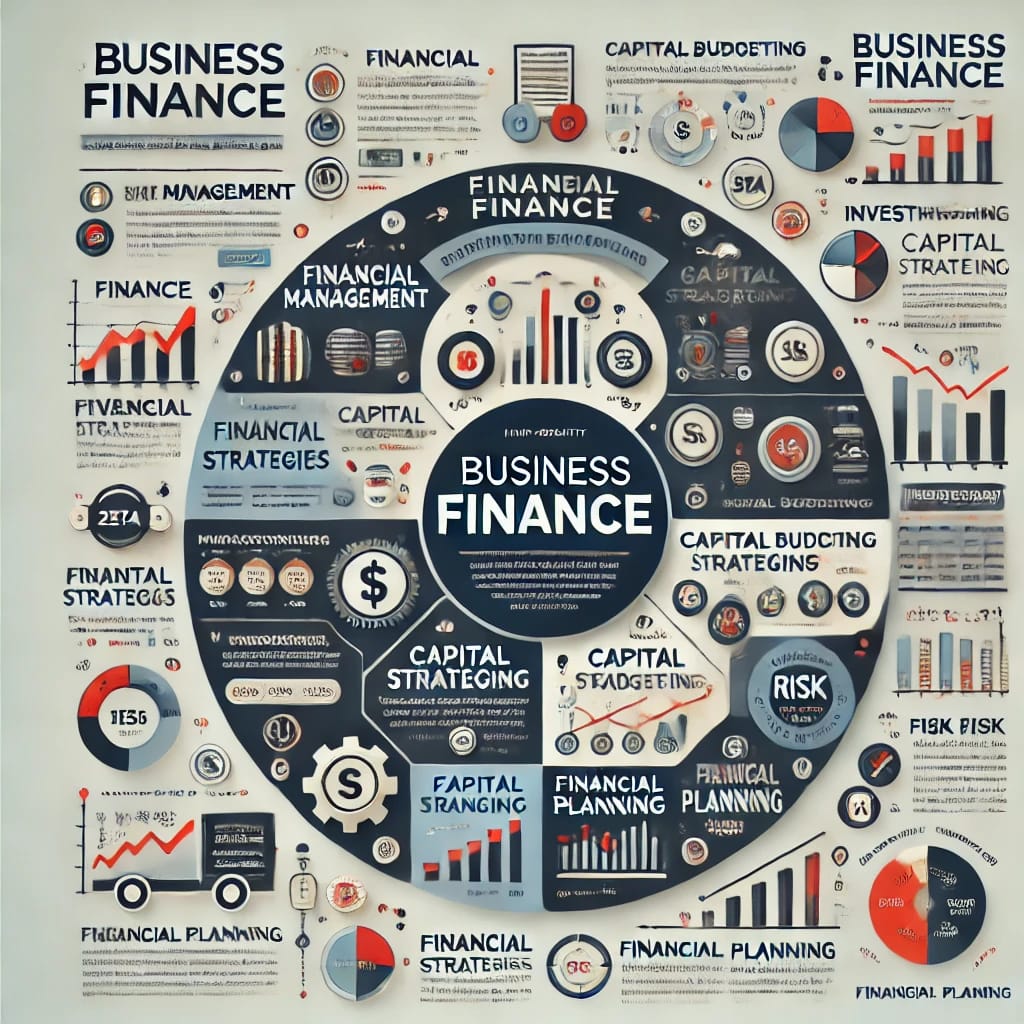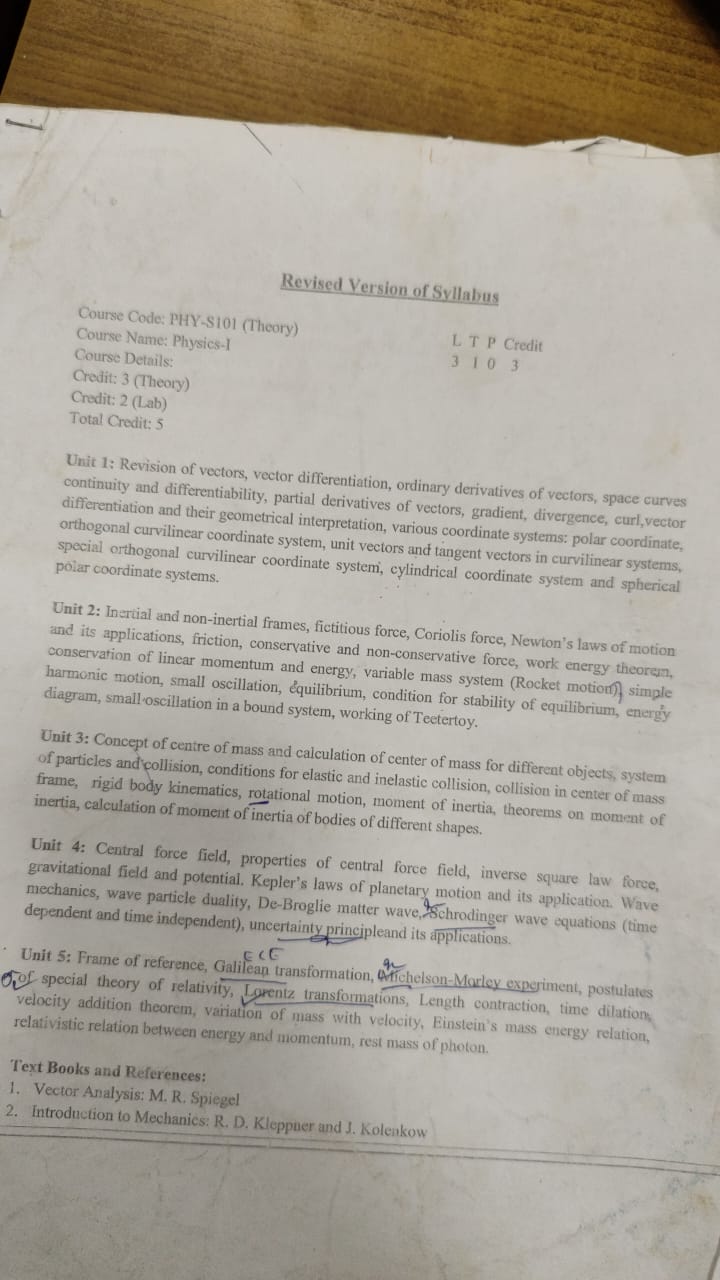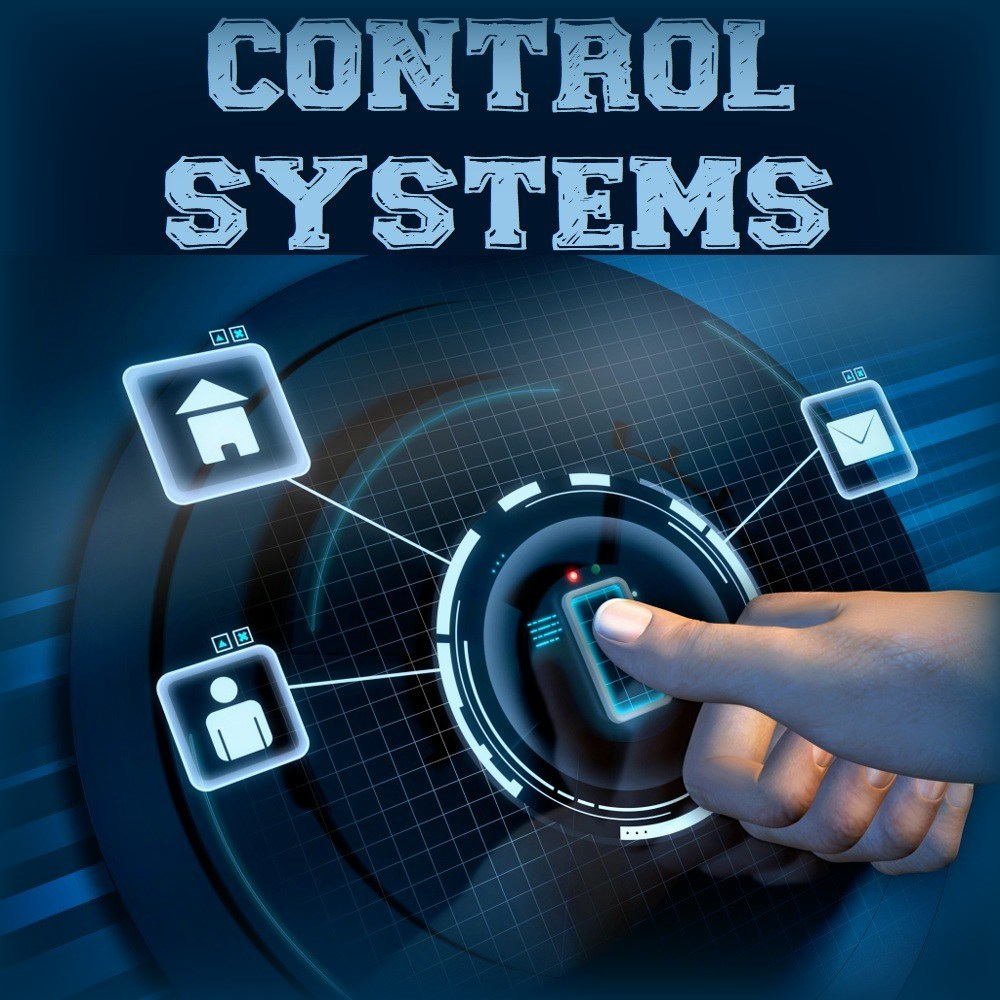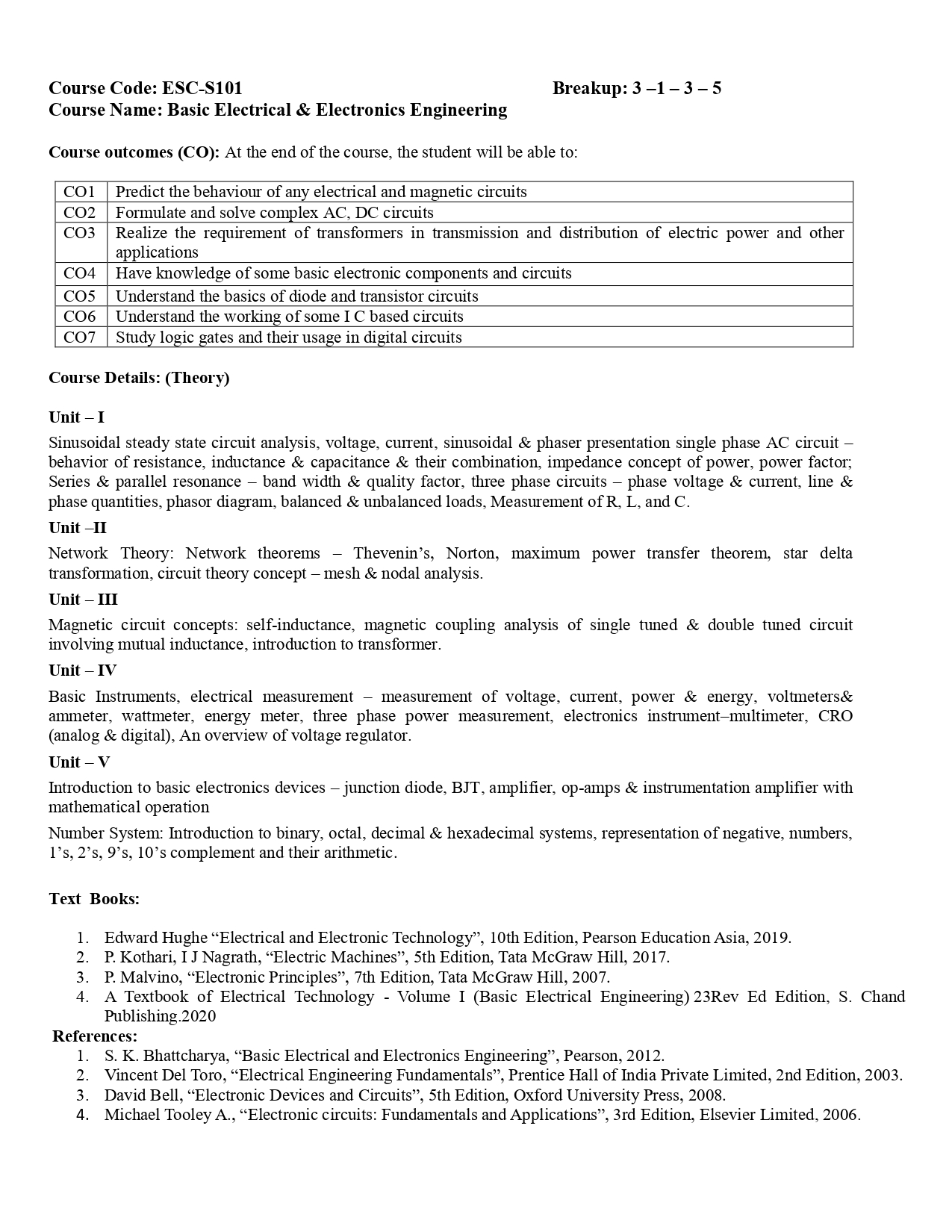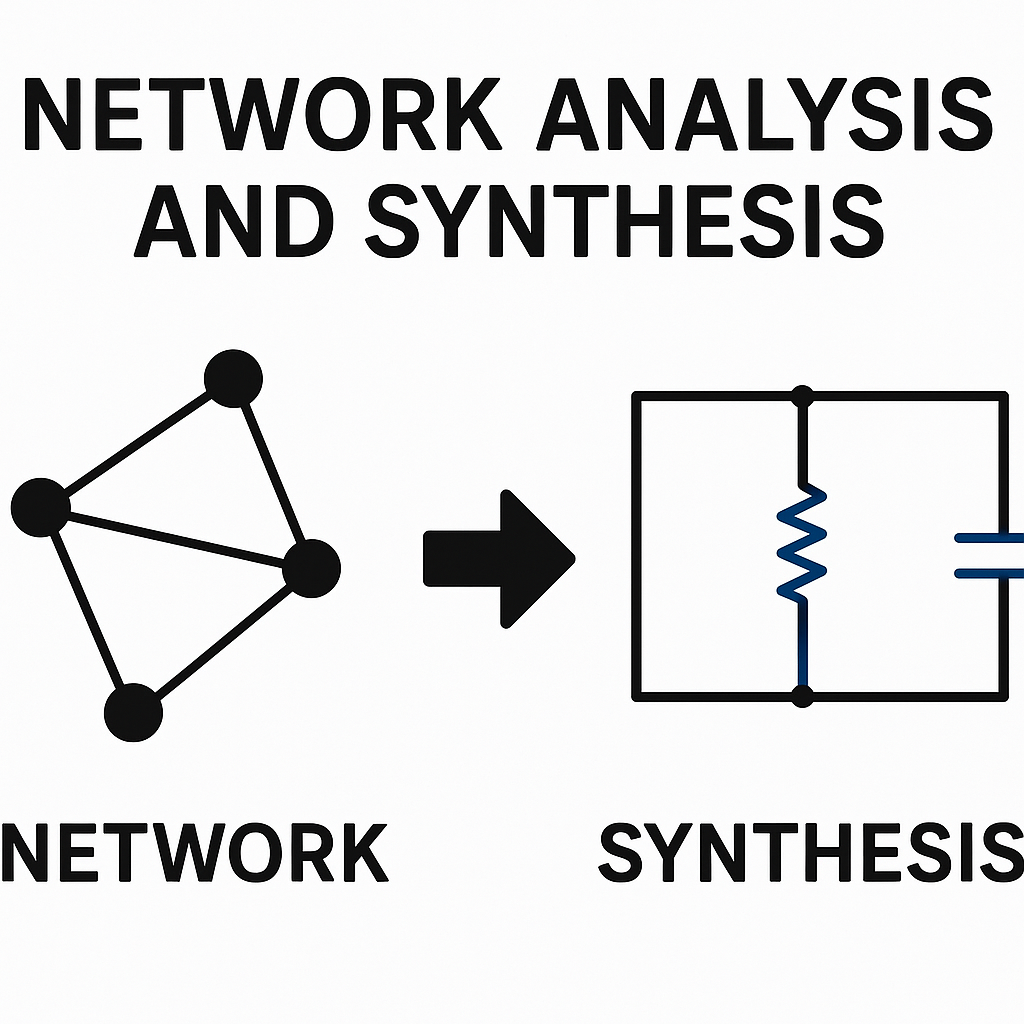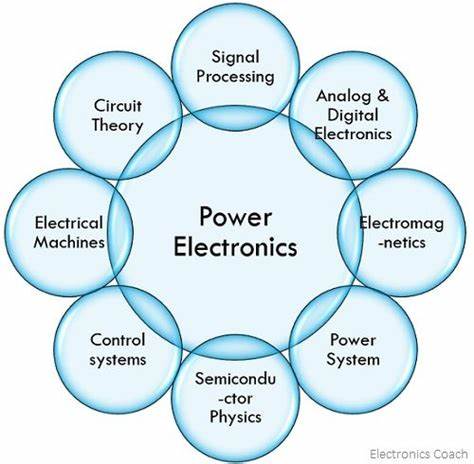Department of Higher Education
U.P. Government, Lucknow
National Education Policy-2020
Common Minimum Syllabus for all U.P. State Universities
Co-curricular course: Semester-5
Course Title: Analytic Ability and Digital Awareness
Course outcomes (Analytic Ability and Digital Ability):
CO 1: Familiarize with analogy, number system, set theory, and its applications, number system , and puzzles.
CO 2: To understand the basics of Syllogism, figure problems, and critical and analytical reasoning.
CO 3: Familiarize with the word processing application and worksheet.
CO 4: To understand the basics of web surfing and cybersecurity.
Unit 1: Alphabet test, Analogy, Arithmetic Reasoning, Blood relations, Coding and Decoding, Inequalities, Logical Venn diagram, Seating Arrangements, Puzzles, and Missing numbers.
Unit 2: Syllogism, Pattern completion and figure series, Embedded Figure and counting of figures, Cube & Dice, Paper cutting and folding, Data sufficiency, Course of Action, Critical Reasoning, Analytical and decision making.
Unit 3: Computer Basics:
Block diagram of Digital Computer, Classification of Computers, Memory System, Primary storage, Auxiliary memory, Cache memory, Computer Software (System/Application Software),
MS Word Basics: The Word screen, Getting to Word documents, typing and revising text, Finding and Replacing, Editing and Proofing tools, Formatting text characters, Formatting Paragraph, Document templates, Page setup, tables, Mail Merge, Macros, protecting documents, printing a document.
MS-Excel
Introduction, Worksheet basics, Creating worksheet, Heading information, Data & Text, Date & Time, Alphanumeric values, Saving & quitting worksheet, Opening and moving around in an existing worksheet, Toolbars and Menus, Excel shortcut and function keys, Working with single and multiple workbook, Working with formulae & cell referencing, Auto sum, coping formulae, Absolute & relative addressing, Worksheet with ranges, Formatting of worksheet, Previewing & Printing worksheet, Graphs and charts, Database, Creating and using macros, Multiple worksheets- concepts.
Introduction of Open Source Applications: LibreOffice, OpenOffice, and Google Docs, etc.
Unit 4: Web Surfing:
An Overview: working of Internet, Browsing the Internet, E-Mail, Components of E-Mail, Address Book, Troubleshooting in E-Mail, Browsers: Netscape Navigator, Microsoft Internet Explorer, Google Chrome, Mozilla Firefox, Tor, Search Engines like Google, DuckDuckGo , etc, Visiting web sites: Downloading.
Cyber Security: Introduction to Information Systems, Type of information system, CIA model of Information Characteristics, Introduction to Information Security, Need of Information Security, Cyber Security, phishing, spamming, fake news, general issues related to cyber security, Business need, Ethical and Professional issues of security.
Suggested Readings:
1. Sharma, A., “How to prepare for Data Interpretation and Logical Reasoning for the CAT” McGraw Hill Education Pvt. Ltd., New Delhi, India, 2011, Ed. 5, ISBN 978 2007 070 481
2. Aggarwal, R.S., “A Modern Approach to Verbal and Non-verbal Reasoning” S. ChandPublishers New Delhi, India, 2010, ISBN 10: 8121905516
3. Madan , Sushila, Introduction to Essential tools, Jain Book Agency, New Delhi/India, 2009, 5th ed..
4. Goel, Anita, Computer Fundamentals, Pearson Education, India, 2012
5. Michael E. Whitman and Herbert J. Mattord, "Principles of Information Security," Sixth Edition, Cengage Learning, 2017
